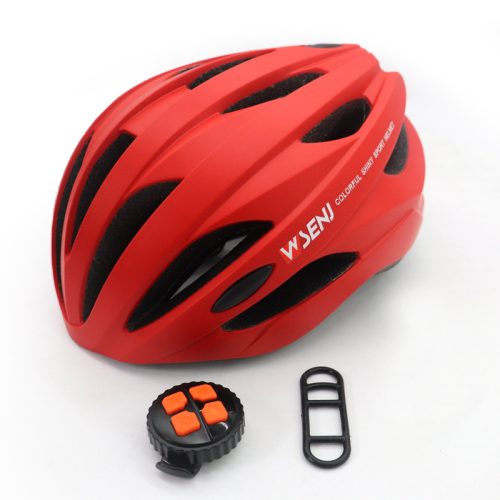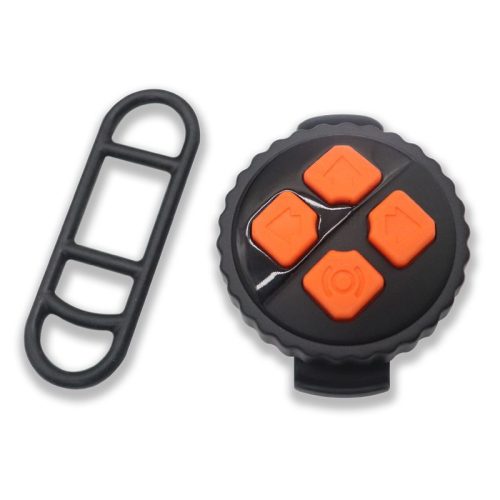Helmets for work are an essential component of ensuring workplace safety in many industries and occupations. These helmets are designed to protect workers from a variety of hazards, including falling objects, impacts, electrical shock, and exposure to extreme temperatures. Here are some key considerations and types of work helmets used to ensure workplace safety:
- Hard Hats:
- Hard hats are one of the most common types of work helmets. They are designed to protect the head from falling objects, debris, and other overhead hazards.
- They often have a rigid outer shell made of materials like high-density polyethylene (HDPE) and an interior suspension system to absorb and disperse impact energy.
- Various classes of hard hats are available, each suitable for specific industries and applications. These classes are defined by ANSI and/or OSHA standards and include Type I (for top impact) and Type II (for top and lateral impact).
- Rescue Helmets:
- Rescue helmets are designed for workers in search and rescue, confined space entry, and similar tasks. They typically provide head protection and may include accessories like headlamps and communication systems.
- Industrial Safety Helmets:
- Industrial safety helmets are used in manufacturing and industrial settings. They often have additional features such as hearing protection, face shields, and earmuffs to provide comprehensive protection.
- Electrical Safety Helmets:
- Electrical safety helmets are designed to protect workers from electrical hazards, such as electric shock. They are often made of materials that resist electrical conductivity.
- Welding Helmets:
- Welding helmets protect workers from sparks, radiation, and flying debris during welding and cutting operations. They have a face shield with a darkened lens to shield the eyes from the bright arc.
- Firefighter Helmets:
- Firefighter helmets are designed to protect firefighters from flames, heat, falling debris, and other hazards during firefighting operations. They are typically made of heat-resistant materials.
- Mining Helmets:
- Mining helmets are specialized for use in the mining industry. They often include features like built-in lights and reflective strips for visibility in low-light conditions.
- Forestry Helmets:
- Forestry helmets are designed for workers in the forestry industry. They typically include a hard hat, a face shield to protect against flying debris, and hearing protection.
- Safety Helmet Accessories:
- Various accessories can enhance the functionality of work helmets, including attachments for hearing protection, communication systems, and face shields.
When selecting helmets for work, it’s important to consider the specific hazards and requirements of the job. Employers should provide appropriate helmets and ensure that workers are trained in their proper use and maintenance. Regular inspection and replacement of helmets that show signs of wear or damage are also crucial for ensuring workplace safety. Additionally, adherence to safety regulations and guidelines is essential for preventing workplace injuries and accidents.


